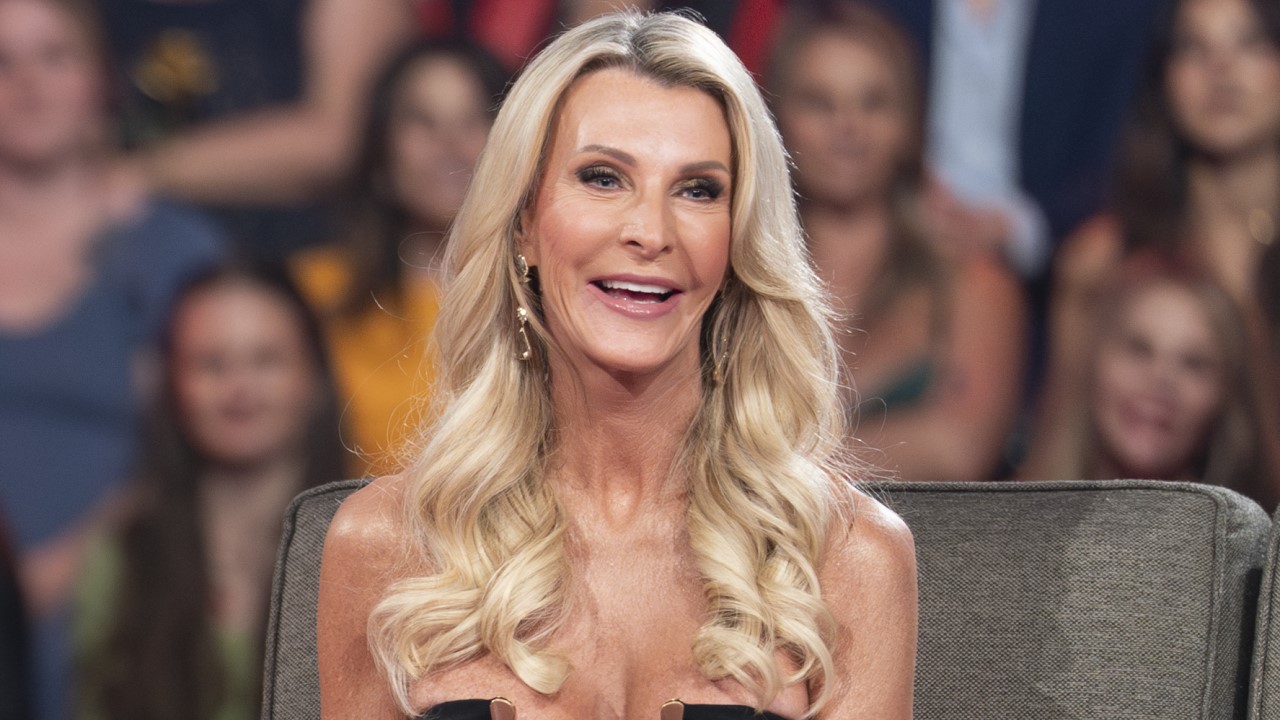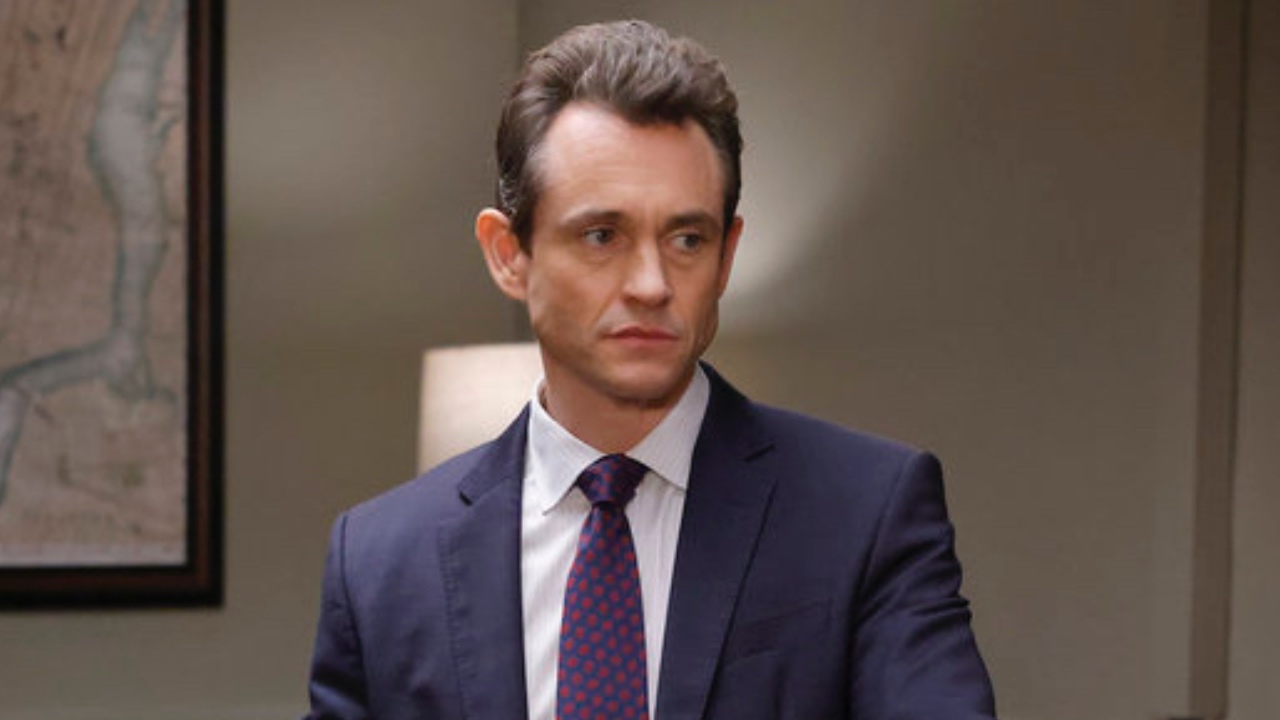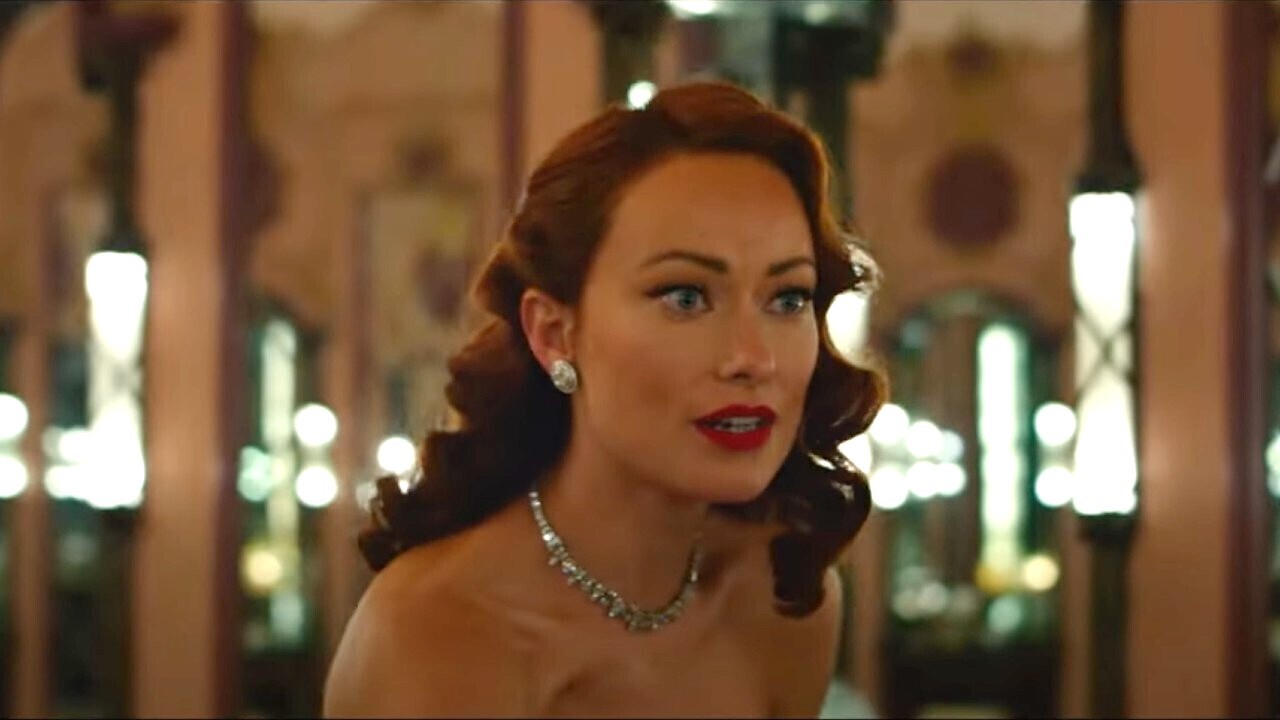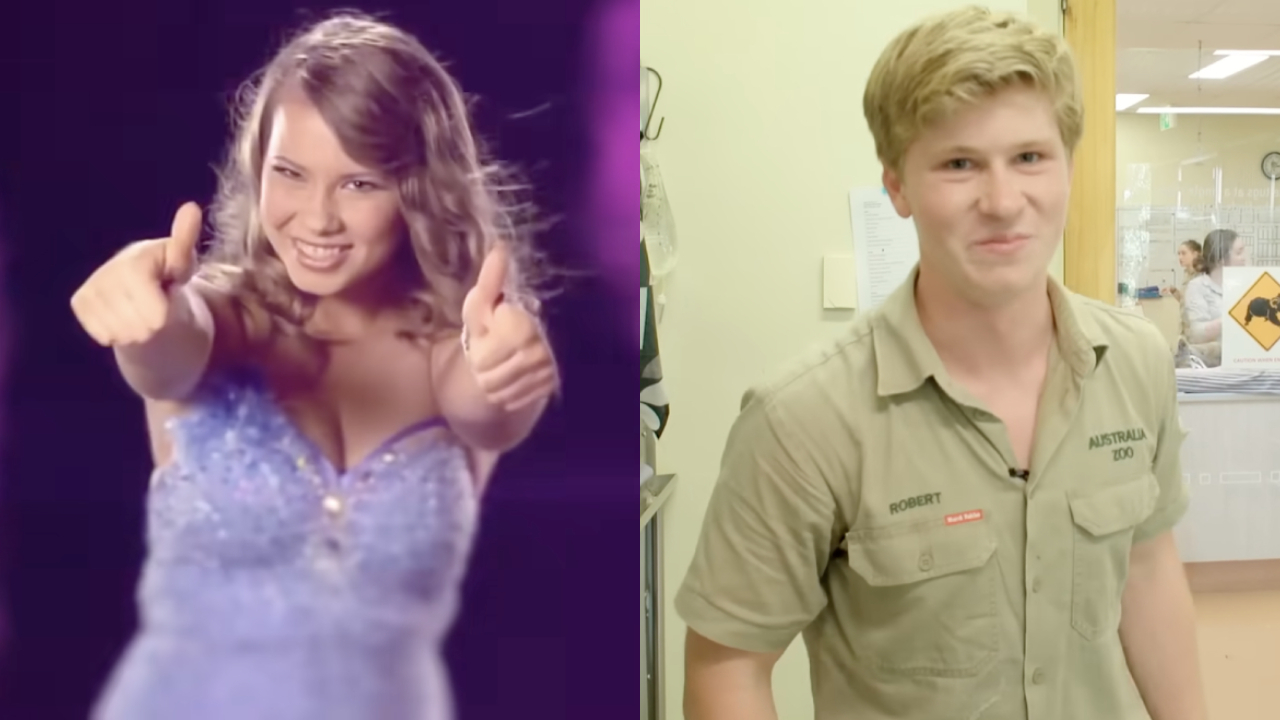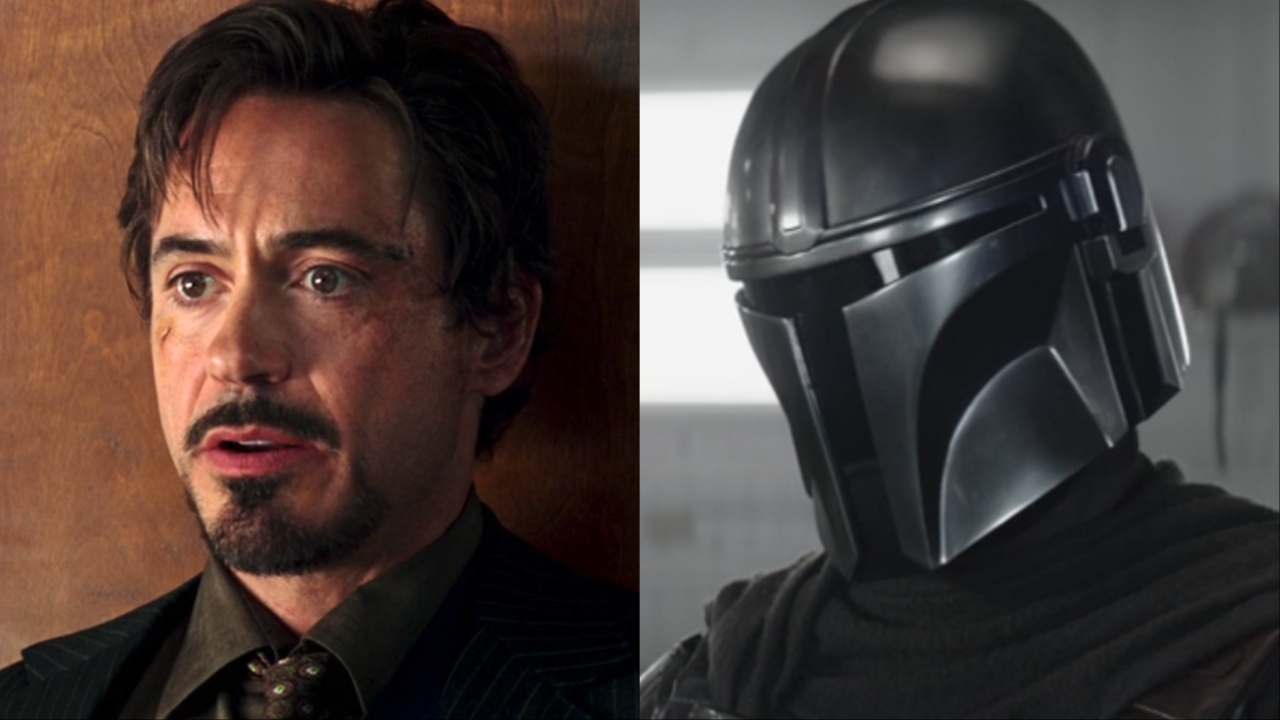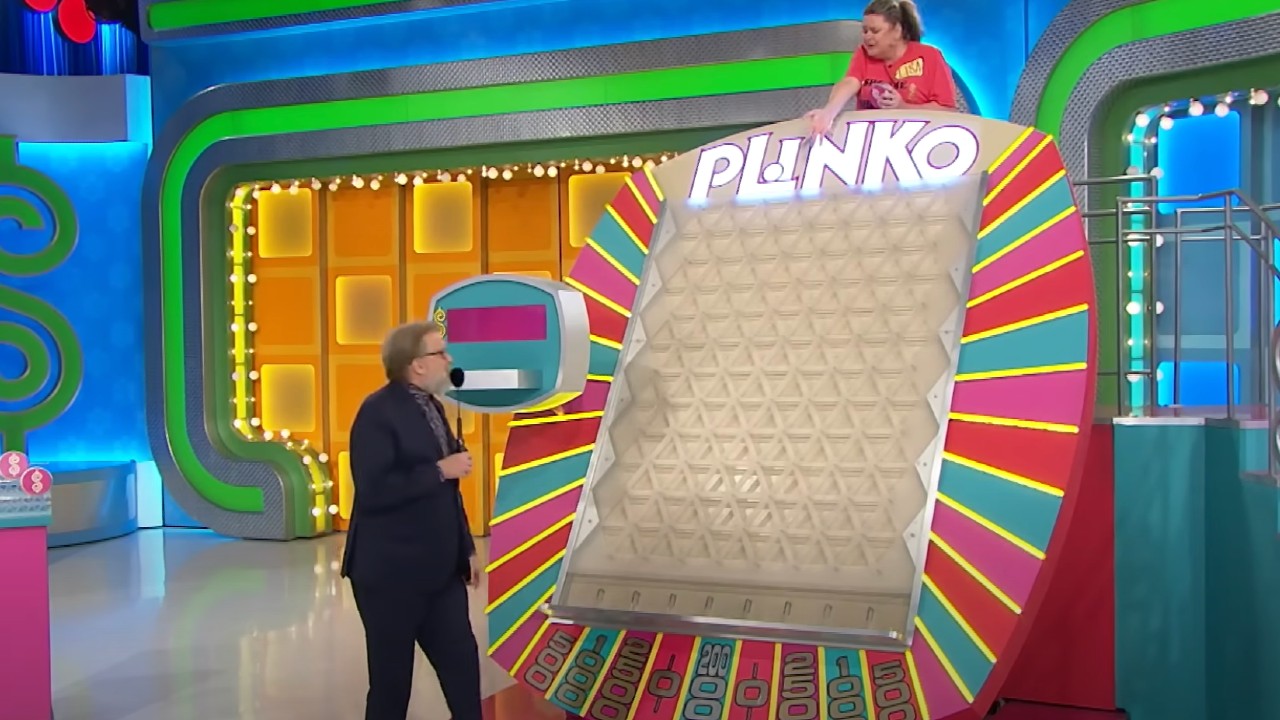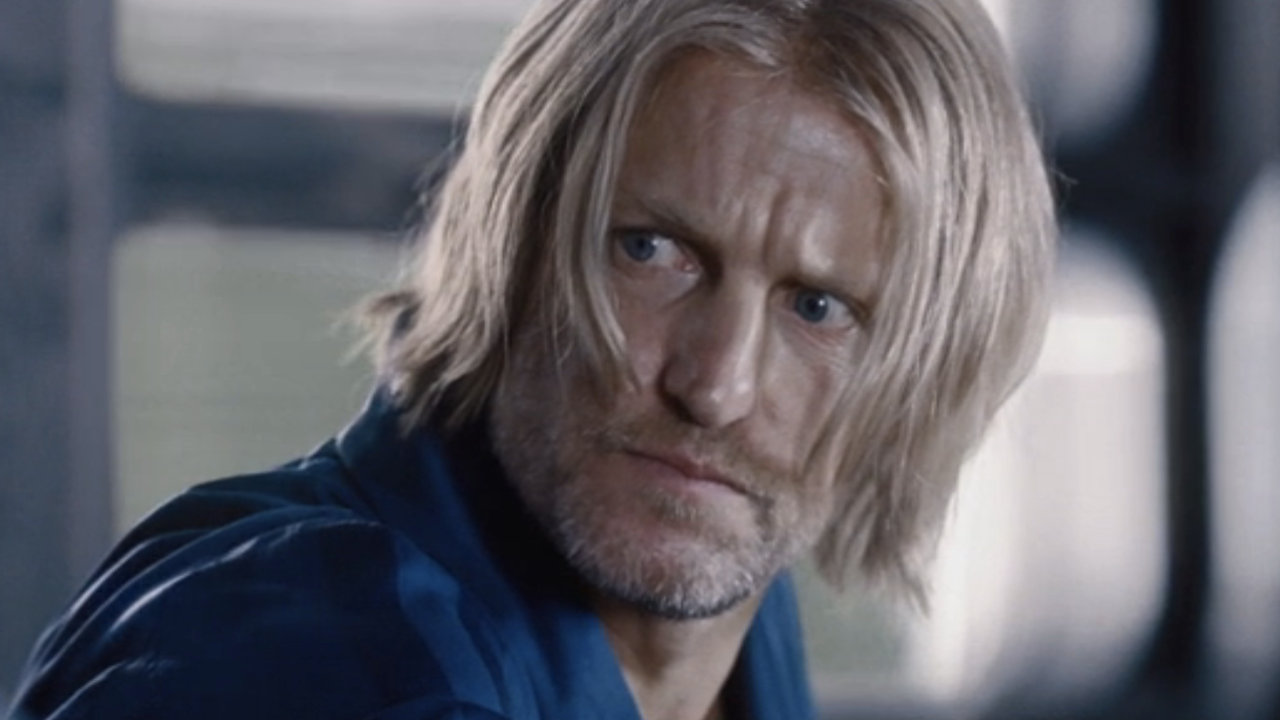David Fincher Talks To Us About Brad Pitt's Crazy Schedule, The Complicated Sloth Makeup, And The Infamous Box As Seven Turns 30
The making of a masterpiece.
Rain drenches an anonymous street in Los Angeles, which is standing in for an anonymous city that won’t be named. Two A-list actors, playing polar opposite detectives assigned to a frightening and ominous case, stand around and wait for their turn to step on set, where they’re poised to discover the next atrocity left for them by a mysterious serial killer named John Doe.
But in this specific moment, director David Fincher is just trying to figure out how to get the body of character actor Michael Reid McKay, transformed into the victim we’ll come to know as Sloth, onto the set without disrupting the man’s intricate makeup job.
That’s just one of many unexpected challenges facing David Fincher (Fight Club, The Social Network, Zodiac) as he labored on Seven, the mesmerizing dark-noir thriller that cast Brad Pitt and Morgan Freeman as cops tracking a killer whose victims are modeled after the Seven Deadly Sins. It’s an ingenious hook, designed by screenwriter Andrew Kevin Walker. But it was Fincher’s meticulous execution of the crimes that burrowed under the skin of moviegoers back in 1995, and helped make Seven an unforgettable achievement that earned its place in the pop-culture pantheon of contemporary masterpieces.
I’m not sure Fincher knew he was creating a masterpiece at the time of filming. The former music-video director was coming off of a disastrous shoot with Alien 3, was focused on establishing himself and his own voice, and had to deal with a difficult schedule attached to one of his leading men. (More on that in a second). And then, there was this damn Sloth body… the one that wakes up mid-investigation, and scares the daylights out of John C. McGinley (Scrubs).
Speaking with CinemaBlend on behalf of a 30th anniversary 4K UHD release of Seven (which arrives on January 7), Fincher started reminiscing about that particular Deadly Sin, telling us:
The makeup effects endured by our wonderful Sloth took, I'm going to say, six or seven hours. Michael's call, I think it was midnight in order to have him on set. The makeup was applied, and then he had to be transported in a – because they were gelatin, he had to be transported in a semi-refrigerated, not an ambulance, but a van. And then he had to be carried on that bed, because there were all kinds of wires and stuff that went to… I forget exactly what it was. We had tubes and wires and stuff running into (his body). So he was literally medevaced up the stairs into the giant penny building, placed, and then art directed into that.
Insanity. And that’s only one Deadly Sin – and only one of the more amazing stories that David Fincher happily shared about the making of his magnificent detective thriller. Dive into CinemaBlend’s exclusive conversation about the making of Seven.
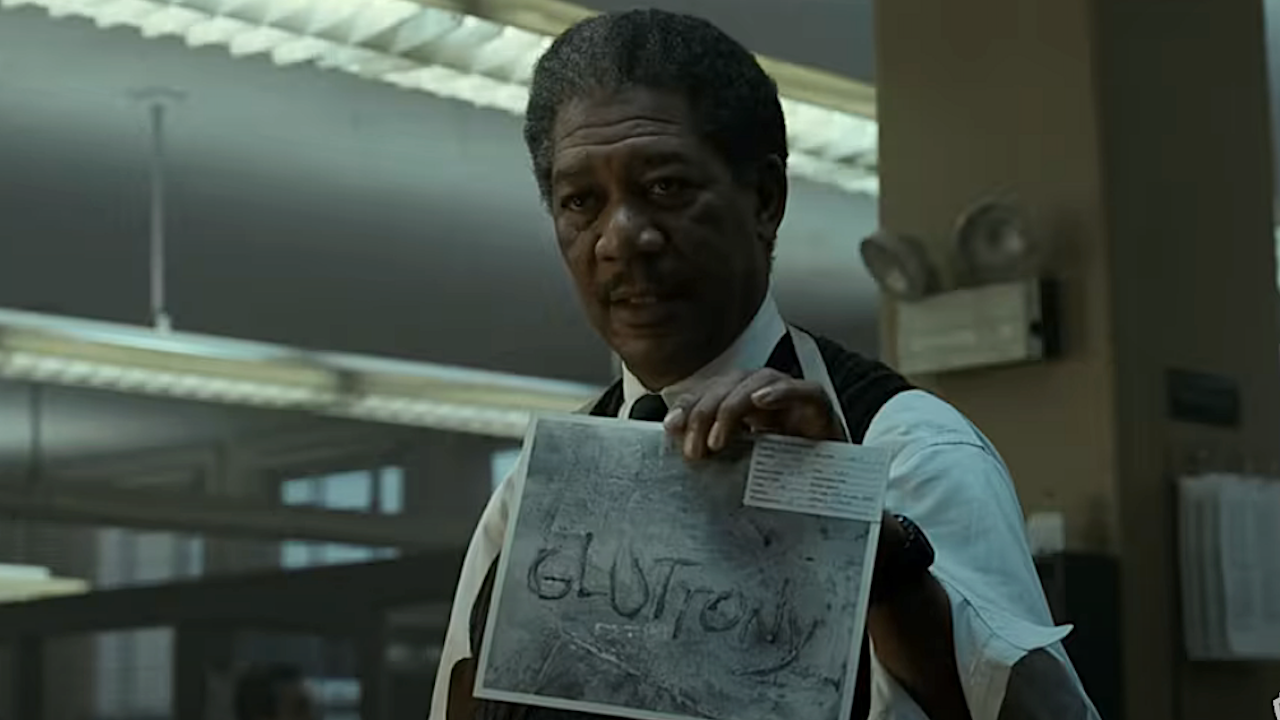
‘We only had 58 days with Brad.’
The beauty of Seven lies in its economy. Scripter Andrew Kevin Walker relies on a few familiar detective tropes to plunge us into the story – an inexperienced but eager hotshot cop (Brad Pitt) gets paired with a grizzled detective (Morgan Freeman) trying to survive one last case – but then takes the narrative through some unforeseen, disturbing avenues that helped Seven stand apart from the crowd. Walker and Fincher weren’t afraid to pull back the curtain on the darkest sins of humanity, holding up a mirror to some truly disgusting people that had us asking difficult questions about the victims, the killer, and even the cops investigating the crimes.
CINEMABLEND NEWSLETTER
Your Daily Blend of Entertainment News
Speaking with Fincher about his relationships with these memorable characters, and how he made them more than their archetypes, the director told CinemaBlend:
I would frighten you by telling you that… I feel it's essential, if you are going to be effectively enabling an actor to give you their best, you'd better relate to all of (the characters). So, I hate to tell you, I relate to John Doe. And I relate to Tracy. And I relate to Somerset. And yeah, certainly, I relate to Mills. But you know, that's the job.
It’s one portion of the job. The rest often comes down to solving impossible problems as you keep the entire production on schedule. As mentioned, Fincher and Walker seemed to strip the Seven narrative down to its essence. Over the course of one week, Detectives Mills (Pitt) and Somerset (Freeman) would encounter a new victim every day of the week, leading to a confrontation with the Big Bad. Fincher had a vision. But as a relative newcomer to the world of feature films, he found that he had to fight tooth and nail for each supplement he hoped to add.
Here’s an amazing example. During our conversation, Fincher spoke about the riveting finale in the desert, where Mills and Somerset agree to accompany John Doe (Kevin Spacey) to a pre-determined location. The cops are accompanied by an entourage of law enforcement… only, Fincher said he ran into one major obstacle. He told CinemaBlend:
Originally, we ran out of time. We only had 58 days with Brad. Brad left at the end of 58 days. (And) New Line wouldn't give us the money to shoot – they didn't feel that the helicopters were necessary. They were like, ‘Well, let's see how it goes, and we'll decide whether we can give you the money to shoot the helicopters.’ So we shot the sequence, and then we lost Brad.
Can you imagine the Seven finale without the aerial shots of the helicopters surrounding Mills and Somerset as they play the final mind game with John Doe? That feeling of hovering over the action, almost struggling to keep everything in focus because the helicopters are moving, adds to the dread and uncertainty that Fincher establishes in the moment. Of course, there’s the brilliant moment when Mills learns what’s in the box. But after he kills John Doe – and completes the serial killer’s mission – we get that incredible improvisation of John C. McGinley shouting into the helicopter headset microphone:
Christ. Somebody call somebody.
Thankfully, as David Fincher explained to us, Pitt’s schedule cooperated. And New Line executives realized what kind of a gem they had in their hands, because they relented. A month after Pitt wrapped shooting on 12 Monkeys, New Line approved nine days of pickup shots, sending Fincher and crew scrambling back to the desert to complete the project. As Fincher recalled:
That McGinley line … was (done) on the looping stage. And he said, ‘I think at the end, I should say something.’ And I go, ‘Well, what do you think you would say?’ And he goes, ‘I don't know. I think I'd be so upset, I should say (something).’ And I said, ‘What if you just say, “Somebody down there, do something!”’ And then he riffed on it like four or five times. … I remember thinking, if you just have a non sequitur that just feels like somebody giving up. ‘We're not going to be able to affect anything here. There's not… it's done. It's over. It is what it is.’ And that's what he came up with.
I’ll never be able to think of that scene without hearing McGinley’s exasperated plea. And now I won’t watch the scene without thinking that the helicopter shots almost weren’t part of it. Because that would have been a huge mistake.
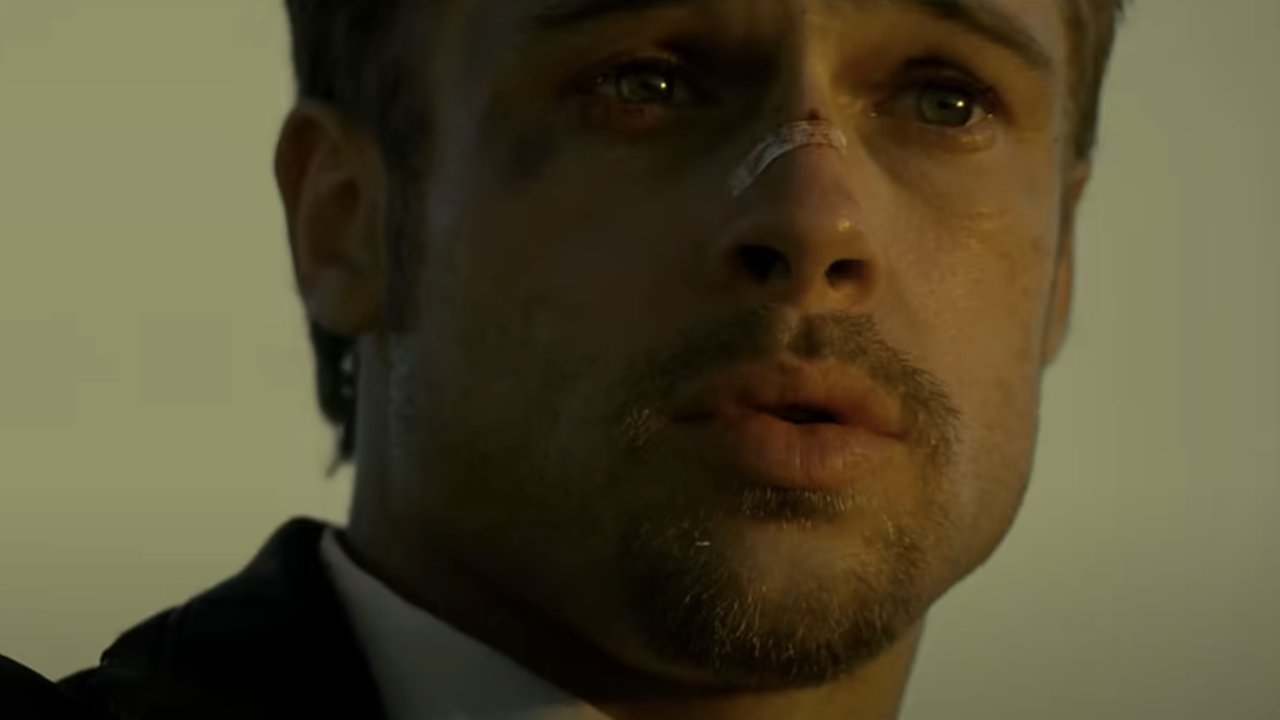
‘John Doe has the upper hand.’
Of course, one of the more legendary moves pulled off by Seven was the casting of Kevin Spacey as John Doe, and then hiding his identity until the final-act reveal. Yes, we now know that Spacey appeared earlier in the movie, and got chastised by Mills for photographing a crime scene. But the reveal of Doe’s true identity matched up with some other late-game twists that were happening at the movies at that time… and also involving Spacey.
Did you realize that Bryan Singer’s crime thriller The Usual Suspects, with Spacey in a pivotal role, opened in theaters one month before Fincher dropped Seven? Because Fincher knew. And as he told CinemaBlend, it caused him more than a little agita. The director explained:
In all fairness, I did not know at the time that we shook hands with Kevin and said, ‘Show up next Monday, let's begin,’ nobody knew who fucking Keyser Soze was! (laughs) He had just wrapped that movie. And no one knew that he was playing this evil, twisted genius in that movie. And I probably, and smartly for Kevin, because I probably would've said, ‘How many twisted evil geniuses can you play in a year?’
It’d be difficult to imagine anyone but Spacey in the part of John Doe now. Just like it’d be really hard to look at a cardboard box on the set of Seven and not picture the head of Gwyneth Paltrow inside of it. Don’t expect Fincher to have the actual box on shelf somewhere, ready to be added to The David Fincher Museum when that exhibit is one day established.
As he tells CinemaBlend:
If you're talking about a prop on a film that I made, you're talking about one of three dozen. So no, the box… the idea that there's one box is as cute as the idea of trying to bring an actor totally covered in gelatin and bedsores up three flights of stairs without anybody seeing it.
Everyone will be able to see it again, this time in 4K, when Warner Bros. puts Seven out on 4K UHD beginning on January 7.
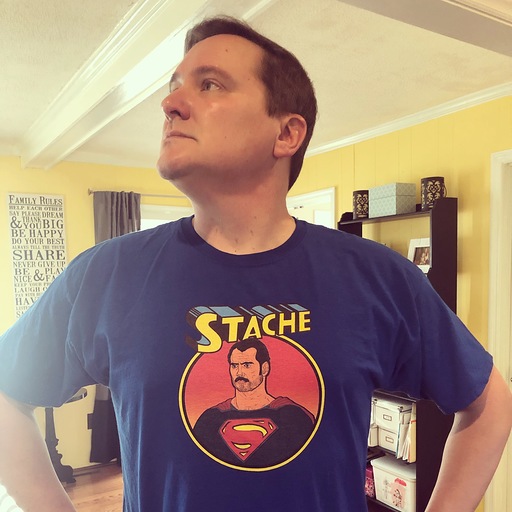
Sean O’Connell is a journalist and CinemaBlend’s Managing Editor. Having been with the site since 2011, Sean interviewed myriad directors, actors and producers, and created ReelBlend, which he proudly cohosts with Jake Hamilton and Kevin McCarthy. And he's the author of RELEASE THE SNYDER CUT, the Spider-Man history book WITH GREAT POWER, and an upcoming book about Bruce Willis.
